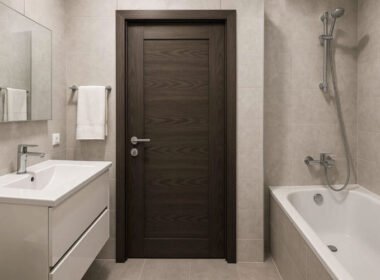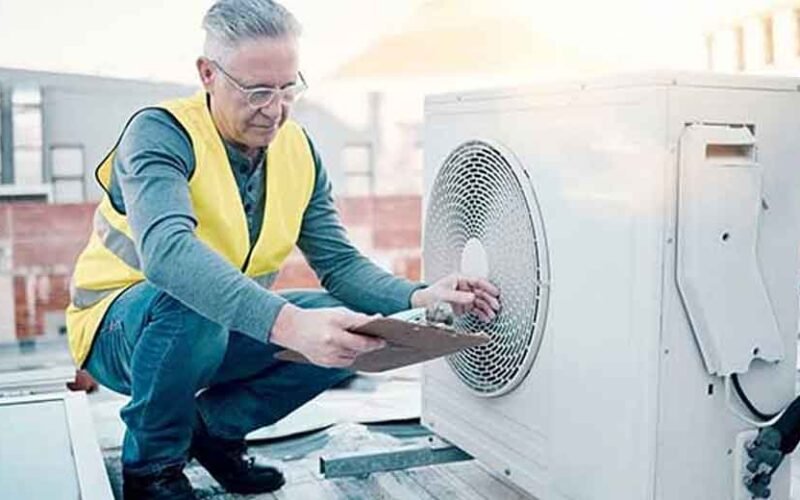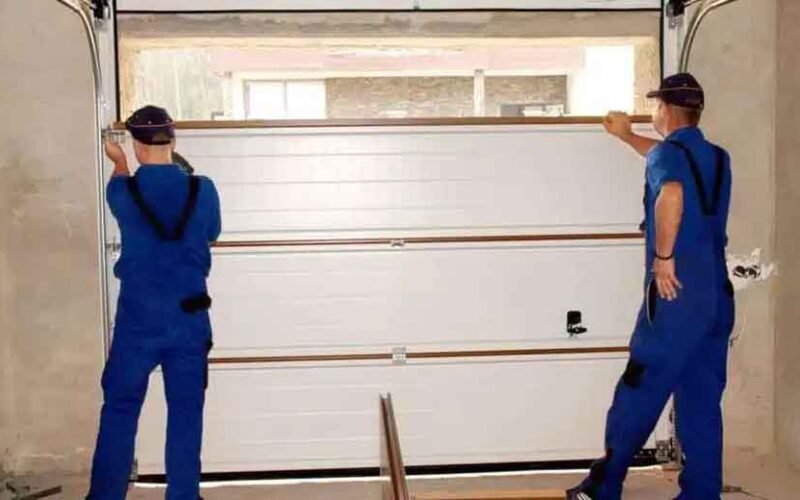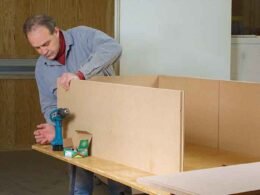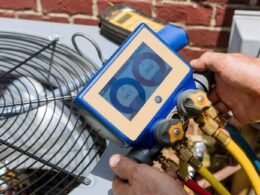Mold is not just an eyesore—it’s a health hazard that thrives quietly in the corners of your home, often out of sight until it becomes a serious issue. For homeowners, especially those in humid or rainy climates, keeping mold at bay can be a daunting task. However, the role of a properly functioning HVAC system in preventing mold growth is often overlooked. HVAC systems do more than just heat and cool your living space—they also manage moisture and airflow, two crucial factors in preventing mold. We will explore how consistent HVAC maintenance and upgrades can create an indoor environment that discourages mold formation, helping you safeguard both your health and your property.
How HVAC Services Stop Mold Before It Starts
- Controlling Indoor Humidity Levels
One of the primary conditions for mold growth is excess moisture. Mold thrives in environments where humidity levels stay above 60%, especially in areas with poor air circulation. An HVAC system equipped with dehumidification capabilities can drastically reduce this risk. Routine HVAC service ensures that your system’s dehumidifier is functioning correctly, especially during the summer months when air tends to hold more moisture. Even without a built-in dehumidifier, an air conditioning unit helps lower indoor humidity by cooling the air and removing moisture during the cooling process. Services like https://www.essentialheatandac.com/furnace-repair-renton-wa/ can help ensure your system runs efficiently year-round, keeping moisture levels in check and mold away.
Technicians can also recommend supplemental dehumidifiers for particularly damp areas, such as basements or attics. Regular checks ensure condensate drains are clear and functioning, preventing water from pooling and creating the perfect breeding ground for mold. Through scheduled inspections and proper calibration, HVAC services help maintain ideal humidity levels—typically between 30% and 50%—which is inhospitable for mold spores.
- Improving Air Circulation and Ventilation
Stagnant air contributes significantly to mold development, particularly in enclosed areas such as bathrooms, kitchens, or behind furniture. HVAC systems play a pivotal role in ensuring that air flows freely throughout your home. Regular servicing keeps fans, blowers, and ductwork in optimal condition, preventing blockages or inefficiencies that hinder airflow. Ventilation upgrades can also be installed in problem-prone areas, such as attic fans or bathroom exhausts, which direct moist air outside instead of letting it linger indoors. If your HVAC system is older or unevenly distributing air, technicians can rebalance the ductwork or adjust the blower speeds to ensure more even airflow across all rooms.
Proper air circulation ensures moisture doesn’t collect in hidden corners or behind walls, making your home a less welcoming place for mold colonies. With reliable HVAC airflow, moisture disperses and dries more quickly, disrupting the conditions that mold requires to survive.
- Filtering Mold Spores from the Air
Even if mold hasn’t found a place to grow, spores can still travel through your home’s air system, looking for the next damp surface to colonize. A well-maintained HVAC system acts as a barrier, capturing these airborne threats before they have a chance to settle. High-efficiency filters, such as HEPA filters, can trap even microscopic mold spores, preventing them from spreading through your ventilation. HVAC service providers can help you choose the right filter for your system and replace them regularly to maintain maximum efficiency. A dirty or outdated filter loses its effectiveness, allowing spores to pass through freely.
In some cases, HVAC contractors may recommend installing UV lights inside your ducts or air handlers. These lights emit ultraviolet radiation that neutralizes mold spores, bacteria, and other biological contaminants before they reach your living spaces. Regular servicing ensures these systems operate effectively, offering an additional layer of protection against airborne mold risks.
- Maintaining Clean Ductwork
Your ductwork is the highway system for air in your home—but it can also be a hiding place for mold if not regularly cleaned and inspected. Dust, pet dander, and moisture can accumulate inside ducts, creating an ideal environment for mold to thrive, especially if there’s a leak or condensation buildup. HVAC services often include duct inspections and cleanings to prevent such issues. Professionals use specialized tools to remove contaminants and can seal or insulate ducts that are prone to sweating or leaking.
This not only helps reduce the risk of mold growth but also improves your indoor air quality and system efficiency. If you notice a musty smell when your HVAC system runs, that’s often a sign of mold in the ductwork. Catching and cleaning it early with professional help can stop a minor problem from turning into a full-blown infestation. Clean ducts mean cleaner air—and far less opportunity for mold to spread.
Your HVAC system is more than a comfort appliance—it’s a frontline defense against one of the most persistent household threats: mold. By managing humidity, promoting airflow, filtering spores, cleaning ductwork, and ensuring proper drainage, HVAC services support a healthier indoor environment. Mold can sneak into even the cleanest homes, but with a well-maintained HVAC system, its opportunities to grow are significantly limited. These systems operate continuously to maintain a balanced, safe, and breathable atmosphere in your home. By investing in consistent HVAC services, you’re not just maintaining temperature comfort—you’re actively protecting your home’s structure, air quality, and the well-being of everyone inside.



